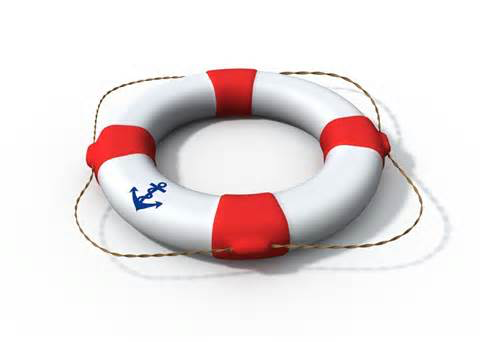California is in a record breaking four year drought, don’tcha know.
Folks say that lightning storms in Orlando cause an average of 6 deaths and 39 injuries a year. (Anyone for golf during Momentum at Disney?) As I write this there is a potential hurricane heading toward my back yard petunias.
This cheery attention-getting open is designed to tap into your brain’s cortex (I looked it up!), where long term memory is located. The frequency of emotional events, common life experiences, and the smell of your grandmother’s oatmeal cookies all camp out there.
Things you experience over and over again are stored in your cortex and pop out when activated. (That’s why you can instantly sing along with a song you haven’t heard in twenty years).
Connecting your radio station to what’s rattling around in your listeners’ cortex enhances your ability to communicate to them. That’s a fancy way of saying RELEVANCE MATTERS. (Conversely, irrelevance makes you irrelevant).
A few days ago I received this e-mail:
“As the first storm of the season approaches South Florida, we want to make sure our riders are ready. We’re teaming up with our friends at Capital One to provide a free Storm Readiness Pack on-demand…”
Each pack includes:
2 Gallons of Water
First Aid Kit
Flash Light
Batteries
Glow Sticks
Duct tape
Moist Towelettes
Trash Bags
Deck of Cards
Oh, did I mention I received this e-mail from (drum roll, please)….
Uber
Yes, Uber. The company that helps me get around is helping me even when I can’t.
Hopefully there are values in your station brand that are more important than the fact that you play Hercules and the Chicken Fat People’s latest song.
Good stuff happens when you seize the moment and connect the dots from your station’s brand values to your listeners’ needs. Why? Because it’s already on their minds.





